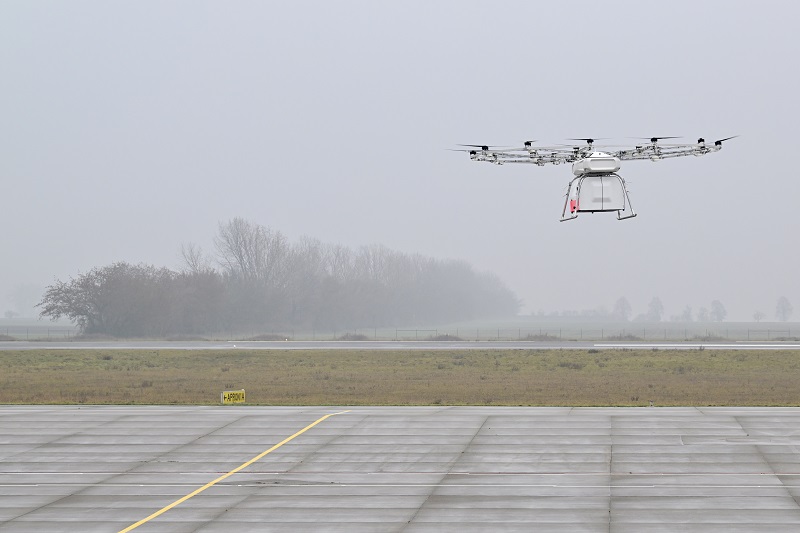By Jenny Beechener
“We confirmed U-space processes are sufficient for what we need, although the level of performance needs to be higher,” CORUS-XUAM Project Lead Andrew Hately said at the final workshop of the SESAR CORUS-XUAM Very Large Demonstration (VLD) project on 29-30 March, 2023 in Bari, Italy. “The demonstrations showed what can be done and none suggested it was not possible.” Now is the time to create more volume and show the public what is possible said Douwe Lambers DFS UTM Project Manager and session moderator who sees U-space as a “driver for the wider digitisation of Air Traffic Management”. The next development phase as part of SESAR digital sky demonstration projects is expected to see more demonstrations as Unmanned Aerial Mobility (UAM) moves from “concept to implementation phase”.
Europe’s focus on UAM demonstrations varies from the US where attention has been on UAM airspace design. European stakeholders have used the lessons learned from six VLD conducted in various European countries to develop a U-space concept of operations (ConOps) with the relevant S2020 U-space related projects and in close coordination with the SJU U-space ConOps Coordination Cell.
Among project findings, speakers identified focus areas going forward. Luigi Brucculeri, ENAV Research & Innovation Head, said U-space makes sense in dense airspace with multiple users. However, where only minimal services are needed, it is hard to justify this level of investment. There are also deployment challenges where operational experience is required before the sector can progress to the next level. “Europe’s Drone Strategy 2.0 is an important pillar for UAM,” said Antonia Zilli, Project Manager at Distretto Tecnologico Aerospaziale. “We need platforms and payloads to test the U-space ecosystem in a more structured environment to build up knowledge and confidence.” This includes flight corridors and test beds to operate in dynamic airspace.
The CORUS-XUAM solutions presented in Bari were tested in European states to show how the development of connected solutions and enabling technologies can support useful services for the community in urban and airport areas within the next 5-10 years. They included experiments conducted in Belgium, Germany and the UK, Italy, Spain, Sweden, and France and examined specific risk conditions related to the presence of anthropogenic activity in urban areas, and shared airspace with manned aviation, with the search for solutions that guarantee absolute safety.
Marta Sanchez, Senior R&D Engineer at ENAIRE/CRIDA, highlighted key research areas as the sector moves from concept to implementation phase:
- CNS infrastructure and tracking capabilities, such as ADS-B lite, to provide an operational framework;
- A catalogue of possible technologies, showing maturity and applications;
- Transversal view of the airspace structure;
- Business and economic aspects;
- Harmonisation and interoperability issues.
She is confident that now “U-space has fully entered SESAR research life, these topics will help to identify where the cost benefits lie” to support the business case.
UAM research continues over the next two years as part of the new SESAR Digital Sky Demonstrators officially launched at the end of 2022, partly funded under the Connecting Europe Facility.
For further information visit:
(Image: The flight tests in Cochstedt simulated with this VoloDrone an air taxi scenario for the connection between the city centre and the major airports within the metropolitan regions of London and Frankfurt/Main)




